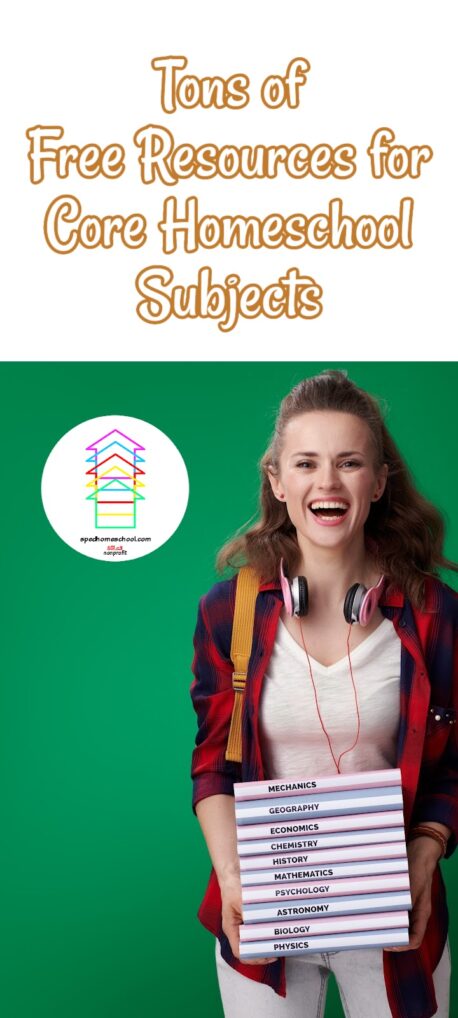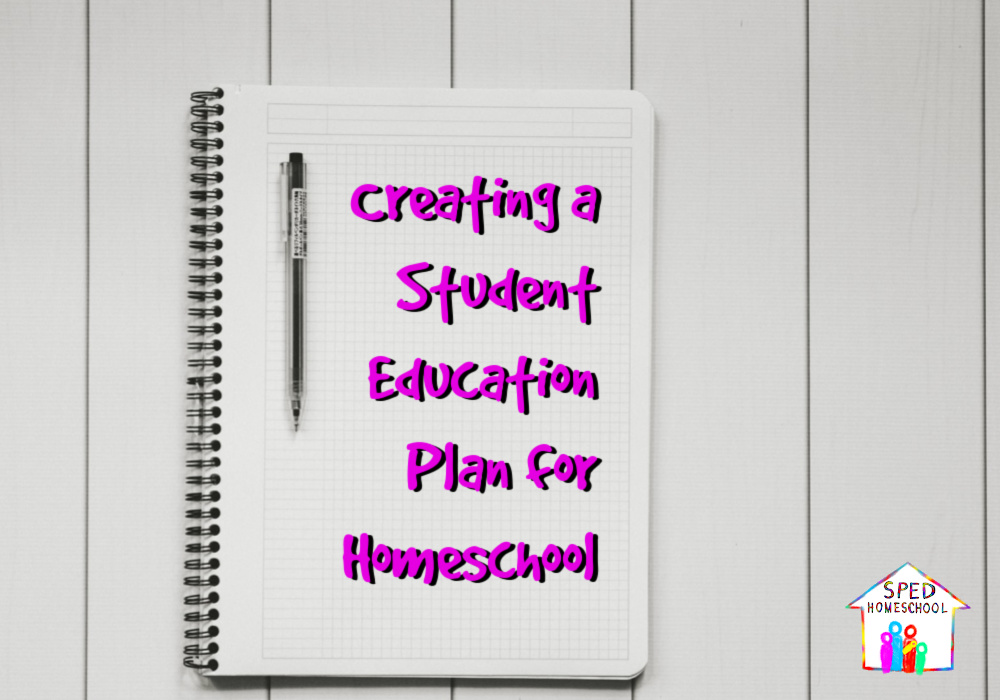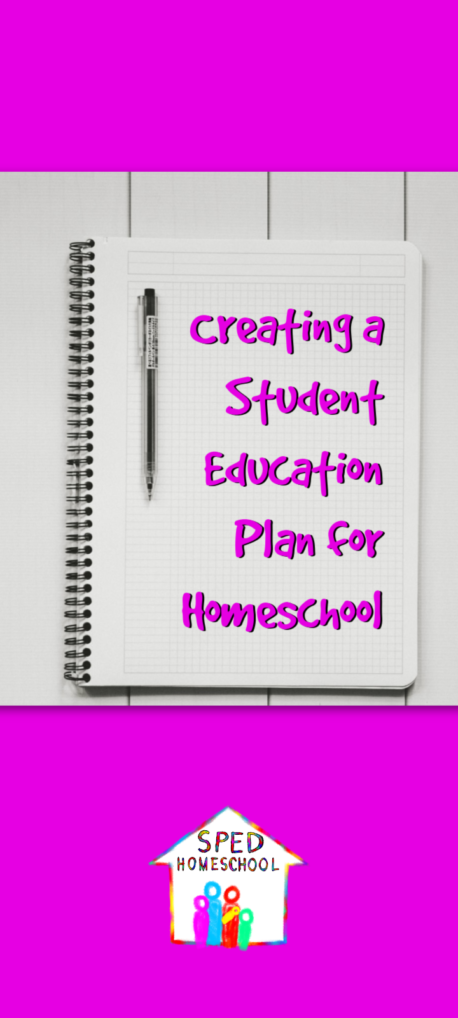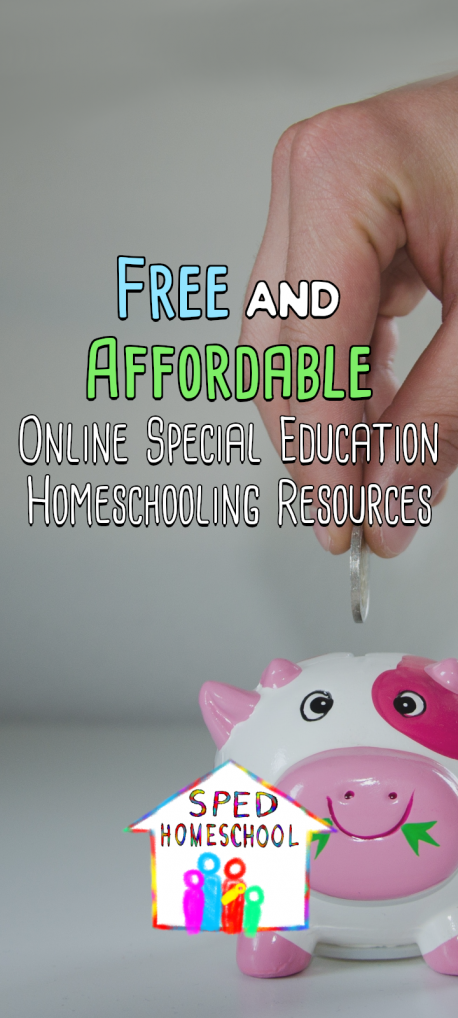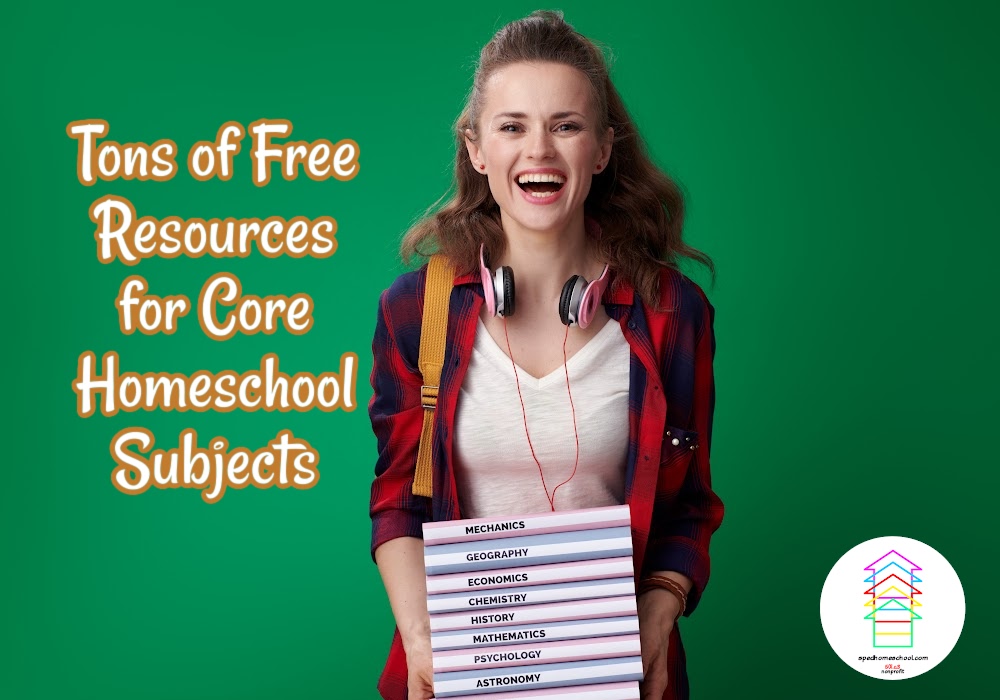
By Stephanie Buckwalter from Art of Special Needs Parenting
I love homeschooling because I get to learn right alongside my kids. I’m also a researcher at heart, so as I’ve wandered the interwebs for the last 17 years of homeschooling, I’ve had the chance to sniff out a lot of really cool, free stuff. Here I have a sampling, for a variety of subjects.
Math
- Free Math Games– Plenty of variety in types of games to play to capture interest. My boys loved Fruit Shoot. There are more than math games available here.
- Places to get free math worksheets:
- Math-drills.com – My favorite for simple pages. You can limit the number of problems per page.
- MathisFun.com – My favorite for picture-based worksheets. These can be done online or printed. Includes a link at the bottom to their sister site Mathopolis.com where you can create your own worksheets.
- Kidzone.ws – Worksheets for the early grades have black and white illustrations. You can use as a coloring page, too. They have multiplication table worksheets in a farm theme or jungle theme, in color or black and white, blank or filled in.
- EducationWorld.com worksheets list – In case you need more, here is a list of websites that offer worksheets in multiple areas. Have fun!
- You can find many more options by searching free math worksheets. However, a warning that many sites that provide worksheets are filled with ads. They are not really education sites. They are money-making machines for the owner of the site. The links above are subtle in their ad presence and you don’t have to jump through a bunch of hoops to get to the worksheets.
- LD Online Article on Math – Helpful website overall. This article talks in depth about math struggles.
Reading and Comprehension
- Reading Plus offers downloadable worksheets for reading and reading comprehension.
- Read Naturally is a highly-recommended resource for fluency. You can try it out with a free trial for 60 days.
- I really like ReadWorks for special needs. It is a completely free resource. The books are illustrated and offer the option of having the books read to the student by a real human voice, not a computer-generated one. You can do one page at a time or the whole book. You can create a library of books for your child to read. It includes some supplemental material such as worksheets and comprehension questions on some lessons.
- If you want to get lost in the world of reading remediation, I recommend hopping on to My Three Readers, a blog from a mom of three girls with reading problems. They share a lot of links and printables.
Social Studies & History
- Ducksters.com – Easy to read history, biography, geography, and science articles including activities, videos, quizzes, and worksheets. A great resource for helping you organize a lesson. You could take the information in each lesson and turn it into a lapbook or foldables project.
- Shmoop.com – The site material is written by high school teachers and college professors. There are multiple topics, not just history. Go to Free Stuff, then Study Guides to find a variety of topics. For special needs, the most helpful thing is the way it is organized. For history, you can trace themes through a time period. For historical literature, you can look up the themes or historical characters.
- Geoguessr free Mapillary version– Teach deductive reasoning with a fun geography game. I like the classic version. You are plopped down somewhere in the world and have to guess where you are relying on things like the style of buildings, the landscape, which side of the road cars are driving on, language on signs and so on. Great for a group activity, too. To play unlimited free on a world map, you have to scroll to the bottom of the home page and choose MAPILLARY VERSION.
Science
- BrainPop and BrainPopJr – Teacher supports and videos, like quizzes and activities, on a variety of topics, including science.
- Science Kids – Videos, science experiments and more.
- The Old Farmer’s Almanac for Kids – A fun weather-related site. Only USA weather.
Life Skills and Communication
- Smart Steps app – For building independence in older kids. It allows you to set up a decision tree for when things go differently than expected. For example, if your child is out and they need a ride, you can program choices, including contacts, to call for help. If your child is waiting for a ride, you can add comments like: “Stay where you agreed to be picked up. If you move around, you may miss your ride.” It could also be set up for if you have a car accident or a medical emergency. Any situation can be added like what to do when: having a meltdown, you don’t know what to do, the store is closed, you are lost, and so on. The possibilities are endless, but the key is your child can gain independence through decision-making support.
- ASL Nook – Context-sensitive ASL signs. Videos use young children, so you get a realistic view of what a sign may look like from a child as opposed to an adult.
- AAC Language Lab – (PRC – LAMP Words for Life creator) Resources for teaching your child to use an AAC device to communicate.
- Quick Communication Boards – (AssistiveWare – ProLoQuo2Go creator) is using an AAC device too overwhelming for you? A download with these 4 pages of words that you can print and laminate. Put in convenient spots around the house and teach your child to point to words as needed. Look around the AssistiveWare site for more help with AAC. Communication boards are a great prelude to using an AAC device, Soma Rapid Prompting Method or touch to spell.
You can get an expanded version of these lists that include paid resources and teaching tips by signing up to receive How to Teach Your Special Needs Child at Home on my website.
BIO
Stephanie Buckwalter is a homeschooling mom, writer, researcher, and curriculum developer. She helps homeschooling parents and specializes in children who are nonverbal and those with intellectual disabilities. You can follow her work at ArtofSpecialNeedsParenting.com .

